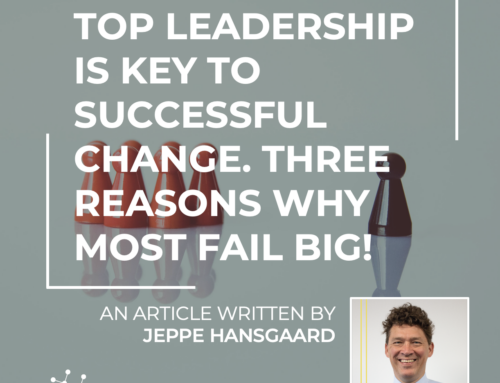FROM OUR CEO
The Gender Divide is Still Intact
September 29th, 2023 | From our CEO
Innovisor sees little improvement in the gender divide we first reported on 10 years ago in The Wall Street Journal. At the workplace, we still prioritize people of our own gender when we need work-related help and advice.

So Low-Mixing to Low-Bonding, if you look at the above visual.
In fact, we are 30% more likely to ask a person of our own gender (Source: Innovisor). 10 years ago, it was 40%. Hardly an improvement you can claim to be a success. Leslie Kwoh from Wall Street Journal wrote the original article with a catchy headline:
The article quickly went viral, and Leslie was more right, than she probably knew. It is exactly in those every-day-decisions – like when we pick someone for a project – that the unconscious gender bias sets in.
Unconscious Biases Drive Who We Decide to Work With
Unconscious biases are present everywhere in our lives. From the neighborhood we choose to live in, the close friends we have, to the people we date. They are formed throughout our life and held at the subconscious level. We gather millions of bits of information and our brain processes that information in a certain way. In fact, 99.999% of all the signals our brain receives are treated unconsciously. Categorizing and formatting them into familiar patterns.
Gender, ethnicity, disability, sexuality, etc., all influence the assessments that our brains make of people and our eagerness to form a relationship with. The result is exclusion.
Or as Susan Adams from Forbes wrote in her follow-up article ‘New Study Says You Don’t Want To Work With The Opposite Sex’.
Again a catchy headline, and it is not 100% true. What is true, is that we after 10 years of DEI training, DEI toolkits, measurement of DEI ratios and the LEAN IN-movement still face a huge gender divide in the day-to-day decisions in the workplace…
Time to Rethink Existing Practices?
To me this spark the question. Should we rethink our existing practices? – They obviously do not work. I 100% think it is.
And to me, it starts with the right metrics. So far the metrics used and the discussions around them have always been on what divides people, instead out what can be done to bring people together.
The metrics have focused on the problem – not the solution! And the solution requires an understanding of how the unconscious biases impact the hidden social networks.
Read more on this view point HERE.
FROM OUR CEO
The Gender Divide is Still Intact
September 29th, 2023 | From our CEO
Innovisor sees little improvement in the gender divide we first reported on 10 years ago in The Wall Street Journal. At the workplace, we still prioritize people of our own gender when we need work-related help and advice.

So Low-Mixing to Low-Bonding, if you look at the above visual.
In fact, we are 30% more likely to ask a person of our own gender (Source: Innovisor). 10 years ago, it was 40%. Hardly an improvement you can claim to be a success. Leslie Kwoh from Wall Street Journal wrote the original article with a catchy headline:
The article quickly went viral, and Leslie was more right, than she probably knew. It is exactly in those every-day-decisions – like when we pick someone for a project – that the unconscious gender bias sets in.
Unconscious Biases Drive Who We Decide to Work With
Unconscious biases are present everywhere in our lives. From the neighborhood we choose to live in, the close friends we have, to the people we date. They are formed throughout our life and held at the subconscious level. We gather millions of bits of information and our brain processes that information in a certain way. In fact, 99.999% of all the signals our brain receives are treated unconsciously. Categorizing and formatting them into familiar patterns.
Gender, ethnicity, disability, sexuality, etc., all influence the assessments that our brains make of people and our eagerness to form a relationship with. The result is exclusion.
Or as Susan Adams from Forbes wrote in her follow-up article ‘New Study Says You Don’t Want To Work With The Opposite Sex’.
Again a catchy headline, and it is not 100% true. What is true, is that we after 10 years of DEI training, DEI toolkits, measurement of DEI ratios and the LEAN IN-movement still face a huge gender divide in the day-to-day decisions in the workplace…
Time to Rethink Existing Practices?
To me this spark the question. Should we rethink our existing practices? – They obviously do not work. I 100% think it is.
And to me, it starts with the right metrics. So far the metrics used and the discussions around them have always been on what divides people, instead out what can be done to bring people together.
The metrics have focused on the problem – not the solution! And the solution requires an understanding of how the unconscious biases impact the hidden social networks.
Read more on this view point HERE.
Related articles
Share article
Share article










